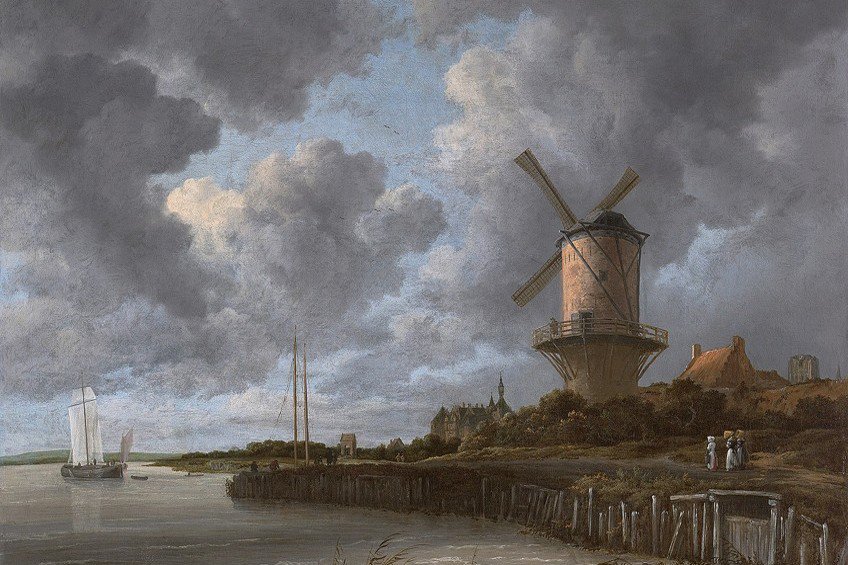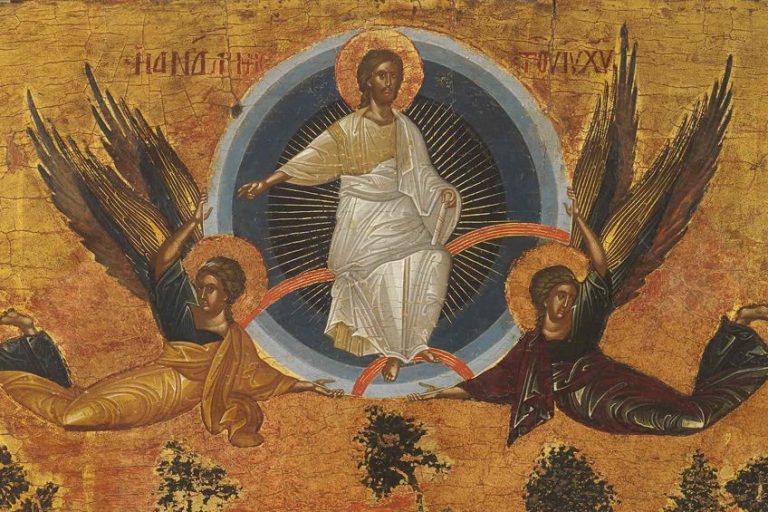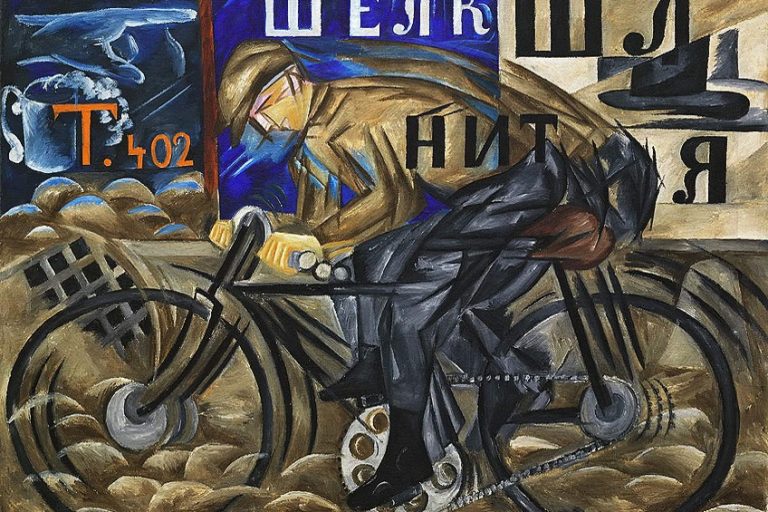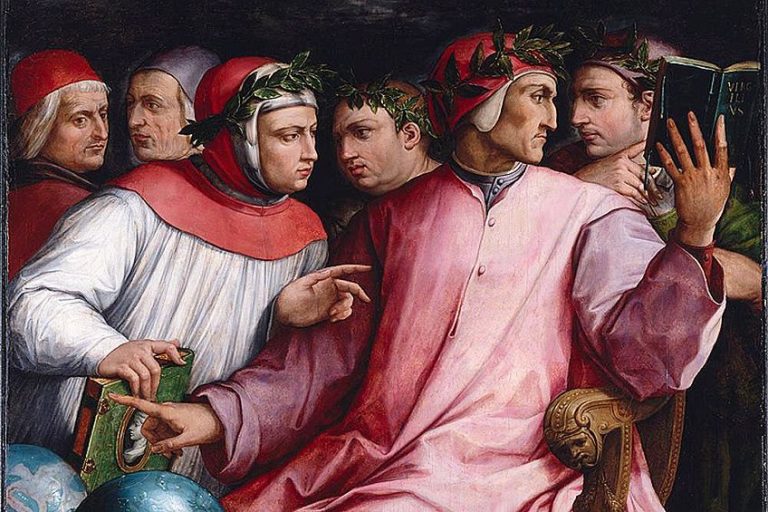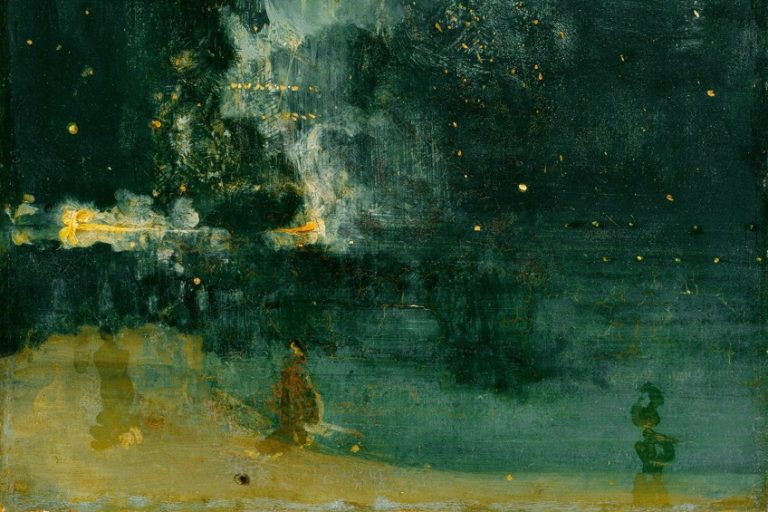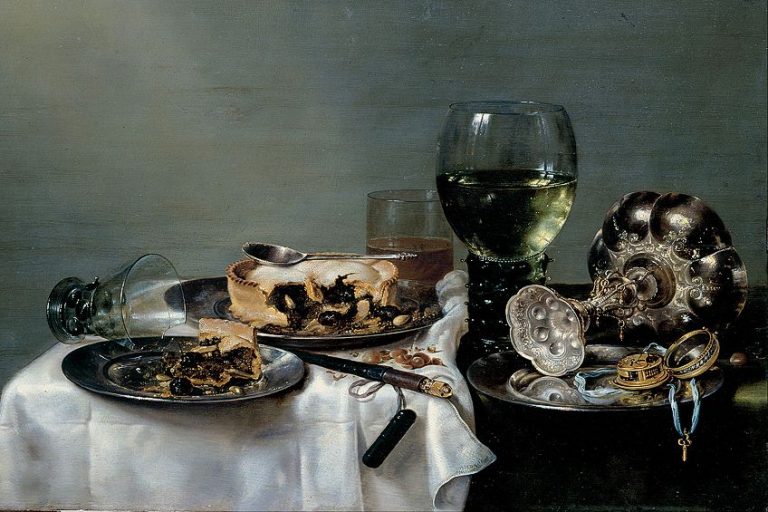Dutch Baroque – The Golden Age of Dutch Art
Dutch Baroque, a captivating and iconic chapter in the annals of art history, stands as a testament to the genius of Dutch Baroque painters and the enduring allure of their masterpieces. Dutch Baroque paintings, renowned for their intricate realism and profound symbolism, are emblematic of an era that witnessed the flourishing of artistic innovation in the Netherlands during the 17th century. In this article, we delve into the enthralling world of Dutch Baroque art, exploring its distinctive characteristics, remarkable painters, and the profound impact that this artistic movement has had on the art landscape, both then and now.
What Is Dutch Baroque?
Dutch Baroque, a splendid and richly textured period in the chapters of art history, remains a captivating enigma. This artistic movement, which flourished in the Netherlands during the 17th century, produced a treasure trove of masterpieces that continue to delight audiences worldwide. In this section of the article, we will explore the essence of Dutch Baroque art, its birth, and evolution.
A Glimpse into Dutch Baroque Art
Dutch Baroque, often dubbed the Dutch Golden Age, was a truly remarkable era in the record of art. This period, which unfolded during the 17th century, stands out for the exceptional creativity and innovation it brought to the visual arts. It was a time when the Dutch Republic, often referred to as the United Provinces, was experiencing unprecedented heights of power and prosperity.
The political landscape was marked by the Dutch Republic’s struggle for independence from Spanish rule, which had been achieved by the early 17th century. This newfound autonomy was instrumental in shaping the trajectory of Dutch Baroque art.
The Dutch Republic was a merchant-driven and trade-oriented nation, and its economic prosperity played a central role in the character of the art produced during this period. This prosperity, often referred to as the “Dutch Miracle,” fueled a thriving middle class and a society marked by a unique combination of wealth and egalitarianism. Unlike other European nations where artistic patronage was often limited to the aristocracy or the Church, in the Dutch Republic, a broad spectrum of the population had the means to commission and appreciate art.

This thriving middle class cultivated an atmosphere of artistic entrepreneurship, allowing artists to explore a wide array of subjects and styles. The economic dynamism of the Dutch Republic also meant that there was a demand for art that extended beyond religious or mythological themes. Dutch Baroque art thus embraced a wide range of subject matter, from the humblest scenes of daily life to grand landscapes and portraits.
These artworks often captured the essence of Dutch society during this period, reflecting the tastes, values, and interests of the burgeoning middle class.
In this atmosphere of burgeoning prosperity, the art market thrived. Dutch cities such as Amsterdam, Haarlem, and Delft became artistic hubs, attracting painters, printmakers, and craftsmen from all over Europe. This environment of artistic competition and innovation led to a remarkable diversity of artistic production, ensuring that Dutch Baroque art would not be defined by a single style or theme but would instead showcase a kaleidoscope of artistic expressions.
Dutch Baroque Art Characteristics: A Profound Dive into Realism and Symbolism
This section of the article delves into the defining features that set Dutch Baroque art apart and made it a remarkable and enduring artistic period. From the meticulous attention to detail and the exquisite rendering of everyday life to the intricate symbolism woven into the canvas, we will explore the elements that give Dutch Baroque art its distinctive allure and make it a cherished treasure in the world of visual expression.
Realism and Attention to Detail: Breathing Life into the Canvas
At the heart of this artistic style lies a profound commitment to the accurate representation of the world as it appeared to the artist’s discerning eye. Dutch Baroque painters were revered for their exceptional technical prowess, which enabled them to breathe life into their canvases in an unparalleled manner. They approached their craft with a level of precision that was nothing short of astonishing.
Every brushstroke, every hue, and every texture was rendered with such care and exactitude that the resulting artworks had an uncanny ability to draw viewers into their realms.

The meticulous rendering of textures, fabrics, and everyday objects was a hallmark of Dutch Baroque art. Whether it was the sumptuous sheen of a silk garment, the rough, weathered texture of a wooden table, or the delicate translucency of a glass goblet, Dutch painters painstakingly captured these elements, often leaving viewers in awe of their lifelike quality. The very air in their compositions seemed to tremble with the presence of these exquisitely detailed objects.
This devotion to detail went beyond mere technical prowess; it was a testament to the Dutch Baroque artists’ commitment to depicting the world as they saw it.
The artists observed their surroundings keenly, and their canvases reflect not only their impeccable craftsmanship but also their keen awareness of the beauty in the mundane. In the everyday scenes they portrayed, from bustling marketplaces to serene domestic interiors, they imbued their compositions with a sense of tangibility, evoking a connection between the viewer and the depicted world that was nothing short of captivating.
Landscape Painting: The Dutch Baroque Ode to Nature’s Majesty
In the rich tapestry of Dutch Baroque art, the emergence of landscape painting as a distinct genre marked a pivotal moment in the movement’s evolution. Dutch landscape painting, which reached its zenith during the 17th century, revealed a deep-seated appreciation for the natural beauty and diversity of the Dutch terrain. Artists like Jacob van Ruisdael (1628 – 1682) and Aelbert Cuyp (1620 – 1691) were instrumental in capturing the breathtaking grandeur of their homeland with an extraordinary level of precision and detail.
The Dutch landscape, marked by its varied topography of flat plains, rolling dunes, windmills, canals, and towering clouds, served as a wellspring of inspiration for artists. This unique combination of natural elements provided a dynamic canvas upon which Dutch Baroque painters wove their artistic narratives.
One of the most striking features of Dutch Baroque landscape paintings was the mastery of light and shadow. Artists demonstrated an acute understanding of the interplay between light and the elements, which allowed them to imbue their works with a sense of atmosphere and mood that was, at the time, unrivaled. The exquisite portrayal of varying light conditions, from the soft, warm glow of a setting sun to the dramatic interplay of sunlight and stormy skies, created a palpable sense of time and place in their compositions.

This manipulation of light and shadow contributed to the lifelike quality of these landscapes, making viewers feel as though they could step into the canvas and experience the Dutch countryside firsthand. Landscape paintings in Dutch Baroque art often provided not just a visual feast but also a reflective space. These works, while showcasing the natural beauty of the Dutch landscape, invited viewers to contemplate the relationship between humans and nature, often highlighting the fragility of human existence in the face of the ever-changing natural world.
This thematic depth, coupled with the technical excellence of these landscape paintings, added a layer of intellectual and emotional richness to the genre.
View of Haarlem With Bleaching Grounds (1670) by Jacob van Ruisdael
| Artist | Jacob van Ruisdael (1628 – 1682) |
| Date | 1670 |
| Medium | Oil on canvas |
| Dimensions (cm) | 62 x 55 |
| Current Location | Kunsthaus Zürich, Zürich, Switzerland |
In this exquisite composition, van Ruisdael’s meticulous attention to detail and his skill in capturing the essence of the Dutch landscape are on full display. The scene portrays the picturesque surroundings of Haarlem, a city known for its stunning countryside. Ruisdael’s skillful rendering of the skies, with their dynamic cloud formations and luminous light, adds an ethereal quality to the painting.
The intricate depiction of the bleaching grounds, where linen was dried, demonstrates his remarkable ability to convey texture and atmosphere.

Still-Life: Portraits of Dutch Baroque Life and Values
Among the myriad facets of Dutch Baroque art, still-life painting stands as a testament to the era’s extraordinary artistic diversity. Dutch Baroque artists were celebrated not only for their landscapes and portraits but also for their skillful and captivating representations of inanimate objects. These still-life works, whether portraying lavish feasts or the simplicity of everyday kitchen scenes, have earned an enduring place in the annals of art history, owing to their exquisite rendering of objects and the profound symbolism embedded within them.
The Dutch Baroque still life paintings were more than just visual records of objects; they were profound reflections of Dutch society during the 17th century. These compositions, meticulously crafted with an attention to detail that rivaled reality, became microcosms of the Dutch Golden Age, capturing its prosperity, values, and cultural nuances.
In these still-life paintings, the Dutch Baroque artists exhibited an astonishing level of technical skill. They mastered the play of light on surfaces, rendering the textures of objects in such a lifelike manner that viewers could almost reach out and touch them. Whether it was the gleaming surface of a silver goblet, the velvety softness of a ripe peach, or the delicate sheen of a peeled lemon, every detail was executed with precision.

Beyond their visual appeal, Dutch Baroque still life paintings were loaded with symbolism and deeper meaning. These objects were not merely random arrangements; they were carefully chosen to convey messages or narratives. A simple vase of flowers might symbolize the transience of life, while a sumptuous banquet laden with fruits and fine tableware could represent abundance and opulence.
These works often carried moral, religious, or allegorical messages, reflecting the values and beliefs of Dutch society at the time. Moreover, still-life paintings often celebrated the simple pleasures of life, reminding viewers to savor the beauty in the mundane and the fleeting nature of material possessions.
These still-life compositions were not just showcases of artistic virtuosity; they were windows into the Dutch Baroque worldview. They illustrated the affluence of a society that valued material wealth, the transience of life, and the celebration of the everyday. In this respect, Dutch Baroque still life paintings were not just decorative artworks but profound reflections of the cultural, moral, and social values of the Dutch Republic during its golden age.
Still Life With Flowers in a Glass Vase (1650 – 1683) Jan Davidsz de Heem
| Artist | Jan Davidsz de Heem (1606 – 1684) |
| Date | 1650 – 1683 |
| Medium | Oil on copper |
| Dimensions (cm) | 54.5 × 36.5 |
| Current Location | Rijksmuseum, Amsterdam, Netherlands |
One of the most famous Dutch Baroque still-life paintings is Still Life with Flowers in a Glass Vase by Jan Davidsz de Heem, created in the mid-17th century. This masterpiece is a quintessential example of the genre’s characteristics during the Dutch Golden Age. De Heem’s attention to detail is striking, with each element meticulously rendered to convey its texture and depth.
The bouquet of flowers, rich in color and variety, is the focal point and symbolizes transience and the fleeting beauty of life.

In the tradition of vanitas paintings, it reminds the viewer of the impermanence of all things. The intricate play of light on the glass vase showcases the artist’s mastery of chiaroscuro, adding a sense of realism and luminosity. De Heem’s composition is meticulously balanced, each element placed with precision, creating a sense of harmony and order within the still life.
Genre Painting: A Mirror to Dutch Everyday Life and Values
In the tapestry of Dutch Baroque art, genre painting emerges as a captivating and insightful genre that offers an intimate glimpse into the rhythms and values of 17th-century Dutch society. While the era is renowned for its landscapes and still life works, genre painting holds a unique place for its focus on scenes from everyday life, bringing to life the intimate and ordinary aspects of Dutch society.
Artists like Johannes Vermeer and Pieter de Hooch excelled in this genre, revealing not only the aesthetics of daily life but also the moral and allegorical dimensions that were deeply embedded in these compositions.
Genre painting, as a distinct category, celebrated the commonplace and the everyday. It was a departure from grand historical or religious themes, focusing instead on scenes from the lives of ordinary people. These scenes often depicted domestic life, interiors, taverns, and village settings, each chosen to convey a sense of the familiar and the relatable. In doing so, Dutch Baroque genre painters were creating art that was not just aesthetically pleasing but also deeply rooted in the daily experiences of their society.

Johannes Vermeer (1632 – 1675), a luminary of genre painting, was particularly adept at capturing the subtle interplay of light, color, and texture within domestic scenes. His Girl with a Pearl Earring (1665) and The Milkmaid (c. 1657 – 1658) are examples of works that convey both the visual beauty of the everyday and a sense of emotional depth. These paintings, like many in the genre, invite viewers to contemplate the significance of the ordinary, revealing the quiet dignity and beauty in the simplicity of life.
Beyond their visual appeal, genre paintings often carried moral or allegorical messages, reflecting the moral values of the time.
Scenes of children at play, for instance, might serve as a visual reminder of the fleeting nature of youth, while depictions of hardworking peasants toiling in the fields conveyed the virtues of industry and diligence. These paintings, with their hidden lessons and allegorical layers, not only entertained but also edified, providing moral guidance and reflecting the strong religious and ethical underpinnings of Dutch society.

Genre painting was not just a mirror to Dutch life but a vehicle for the conveyance of cultural values, social norms, and moral lessons. It celebrated the everyday, elevating the commonplace to a realm of significance. This artistic genre, through its blend of aesthetic beauty and moral resonance, not only captured the essence of Dutch society during the Dutch Golden Age but also provided lasting insights into the values and virtues that defined that remarkable era.
Girl With a Pearl Earring (1665) by Johannes Vermeer
| Artist | Johannes Vermeer (1632 – 1675) |
| Date | 1665 |
| Medium | Oil on canvas |
| Dimensions (cm) | 44 x 39 |
| Current Location | Mauritshuis, the Hague, Netherlands |
Girl with a Pearl Earring by Johannes Vermeer, painted in 1665, is a masterpiece of Dutch Baroque art. This enigmatic and iconic painting captivates viewers with the sheer simplicity and profound beauty of its subject. The young girl’s gaze, directed toward the viewer, conveys a sense of intimacy and curiosity, inviting us into her world. Her luminous pearl earring, bathed in soft, diffused light, draws the eye and adds an air of mystery.
The background, painted in deep shadows, allows the girl to emerge from the darkness with a palpable presence.

Vermeer’s extraordinary skill in rendering textures, from the softness of the girl’s skin to the gleam of her earring and the intricate lace of her headdress, showcases his mastery of chiaroscuro. The painting’s minimalistic composition is both elegant and evocative, making it a timeless work of art that continues to inspire and intrigue, often referred to as the “Mona Lisa of the North”.
A Key Figure of Dutch Baroque Art
Certain luminaries rise to prominence as the very embodiment of Dutch Baroque art’s artistic brilliance. These key figures, including iconic painters like Rembrandt van Rijn, Johannes Vermeer, and Jacob van Ruisdael, not only left an incredible mark on the canvas of Dutch art but also continue to influence and inspire the world of art to this day. In this section, we embark on a journey through the life and works of one of these visionary artists, exploring the profound impact he had on Dutch Baroque art.
Rembrandt van Rijn (1606 – 1669)
| Date of Birth | 15 July 1606 |
| Date of Death | 4 October 1669 |
| Place of Birth | Leiden, Dutch Republic |
| Nationality | Dutch |
| Art Periods | Baroque |
| Famous Artworks |
|
Rembrandt Harmenszoon van Rijn, known simply as Rembrandt, stands as one of the most iconic figures in the history of art. His contributions to the Dutch Baroque movement have left an indelible mark on the world of painting and etching, earning him the moniker “the master of light and shadow.”
Born in Leiden in 1606, Rembrandt’s artistic journey was characterized by an unyielding pursuit of human truth and the mastery of chiaroscuro, a technique that emphasized the interplay of light and shadow to convey profound emotional depth.

Beyond his technical prowess, Rembrandt’s art exudes empathy, a deep understanding of the human condition, and a timeless appeal that continues to captivate and inspire art enthusiasts and scholars alike. His life’s work remains a testament to the enduring power of art to illuminate the human spirit and transport viewers across the boundaries of time and culture.
The Night Watch (1642)
| Date | 1642 |
| Medium | Oil on canvas |
| Dimensions (cm) | 379.5 × 453.5 |
| Current Location | Rijksmuseum, Amsterdam, Netherlands |
The Night Watch is one of Rembrandt van Rijn’s most iconic and complex works, and it continues to captivate art enthusiasts and scholars alike. This masterpiece, painted in 1642 during the Dutch Baroque period, is formally titled “Militia Company of District II under the Command of Captain Frans Banninck Cocq.”
It is celebrated for its rich visual and conceptual elements, offering a profound window into the cultural, historical, and artistic context of the Dutch Republic during the 17th century.
Rembrandt’s composition is dynamic and unconventional, as it deviates from the typical military group portrait of the time. The militia members are depicted in the midst of action, suggesting a live drill rather than a posed image. This dynamic quality engages the viewer and adds a sense of urgency to the scene. One of Rembrandt’s signature techniques is the dramatic use of light and shadow (chiaroscuro). This technique creates a sense of depth and emotional intensity. The central figures, including Captain Frans Banninck Cocq, are bathed in a warm, golden light, while the background is shrouded in darkness.
This contrast not only draws the viewer’s attention to the key subjects but also adds an emotional dimension to the scene. Rembrandt’s meticulous attention to detail is evident in the rich textures of the characters’ clothing, weaponry, and accessories. The play of light on the varied textures adds to the lifelike quality of the painting. Notably, the intricacy of the costumes and armaments is a reflection of the affluence and status of the individuals depicted.
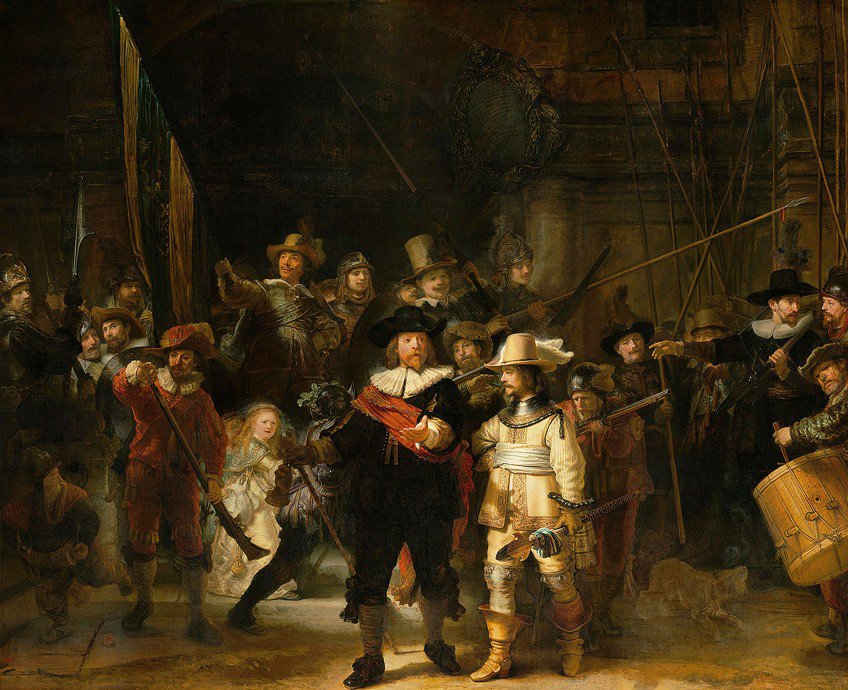
The Night Watch is a group portrait, each figure is treated as an individual. The faces of the militia members are distinct, revealing a wide range of expressions and personalities. Rembrandt’s ability to capture the character and emotions of each individual adds depth to the painting. The Night Watch portrays a civic guard unit, a group of citizens responsible for the defense of their city. This civic militia was a reflection of Dutch civic pride and self-governance during the Dutch Golden Age. It underscores the Dutch Republic’s prosperity and independence in the face of external threats.
The dynamic composition and the sense of motion in the painting contribute to its narrative ambiguity. It’s not entirely clear whether the scene represents the beginning or end of a military exercise, and this ambiguity adds intrigue to the painting.
The militia members are not mere stoic subjects; they are active participants in a living, breathing scene. Rembrandt incorporates subtle allegorical elements, such as the company’s mascot, a young girl with a dead chicken. This can be interpreted as a symbol of the company’s role in protecting the city, or it may have more complex meanings. The presence of a dead chicken and a claw on the captain’s uniform could symbolize vigilance and readiness.
In conclusion, Dutch Baroque art remains a treasure trove of artistic expression. Dutch Baroque painters, such as Rembrandt van Rijn and Johannes Vermeer, masterfully brought to life the diverse facets of Dutch society during the 17th century through their captivating Dutch Baroque paintings. The Dutch Baroque art characteristics, from the meticulous attention to detail to the dynamic interplay of light and shadow, continue to enthrall art enthusiasts worldwide. This remarkable branch in art history is not only an enduring source of inspiration, but also a testament to the enduring power of art to connect us to the past and evoke profound emotional responses, making the Dutch Baroque a timeless and cherished cultural legacy.
Take a look at our Dutch Baroque Art webstory here!
Frequently Asked Questions
When Was the Dutch Baroque?
Dutch Baroque, a remarkable period in the history of art, thrived during the 17th century, particularly in the Dutch Republic. This era of artistic innovation and creativity, often referred to as the Dutch Golden Age, spanned roughly from the early 1600s to the late 1600s, making the 17th century the defining timeframe for the Dutch Baroque movement. It was a period marked by economic prosperity, cultural richness, and the flourishing of renowned painters like Rembrandt van Rijn and Johannes Vermeer.
What Are the Technical Characteristics of Dutch Baroque Art?
The technical characteristics of Dutch Baroque art are characterized by meticulous attention to detail and a mastery of light and shadow, a technique known as chiaroscuro. Dutch Baroque painters excelled in rendering textures, fabrics, and everyday objects with an astonishing level of precision, imbuing their compositions with a lifelike quality. The dramatic use of light and shadow added depth and emotional intensity to their works, creating an atmosphere and mood that were unparalleled. This attention to detail, combined with the vibrant use of color and texture, contributed to the unique and enduring allure of Dutch Baroque art, setting it apart as a distinct and captivating movement in the world of art.
Nicolene Burger is a South African multi-media artist, working primarily in oil paint and performance art. She received her BA (Visual Arts) from Stellenbosch University in 2017. In 2018, Burger showed in Masan, South Korea as part of the Rhizome Artist Residency. She was selected to take part in the 2019 ICA Live Art Workshop, receiving training from art experts all around the world. In 2019 Burger opened her first solo exhibition of paintings titled, Painted Mantras, at GUS Gallery and facilitated a group collaboration project titled, Take Flight, selected to be part of Infecting the City Live Art Festival. At the moment, Nicolene is completing a practice-based master’s degree in Theatre and Performance at the University of Cape Town.
In 2020, Nicolene created a series of ZOOM performances with Lumkile Mzayiya called, Evoked?. These performances led her to create exclusive performances from her home in 2021 to accommodate the mid-pandemic audience. She also started focusing more on the sustainability of creative practices in the last 3 years and now offers creative coaching sessions to artists of all kinds. By sharing what she has learned from a 10-year practice, Burger hopes to relay more directly the sense of vulnerability with which she makes art and the core belief to her practice: Art is an immensely important and powerful bridge of communication that can offer understanding, healing and connection.
Nicolene writes our blog posts on art history with an emphasis on renowned artists and contemporary art. She also writes in the field of art industry. Her extensive artistic background and her studies in Fine and Studio Arts contribute to her expertise in the field.
Learn more about Nicolene Burger and the Art in Context Team.
Cite this Article
Nicolene, Burger, “Dutch Baroque – The Golden Age of Dutch Art.” Art in Context. October 17, 2023. URL: https://artincontext.org/dutch-baroque/
Burger, N. (2023, 17 October). Dutch Baroque – The Golden Age of Dutch Art. Art in Context. https://artincontext.org/dutch-baroque/
Burger, Nicolene. “Dutch Baroque – The Golden Age of Dutch Art.” Art in Context, October 17, 2023. https://artincontext.org/dutch-baroque/.


